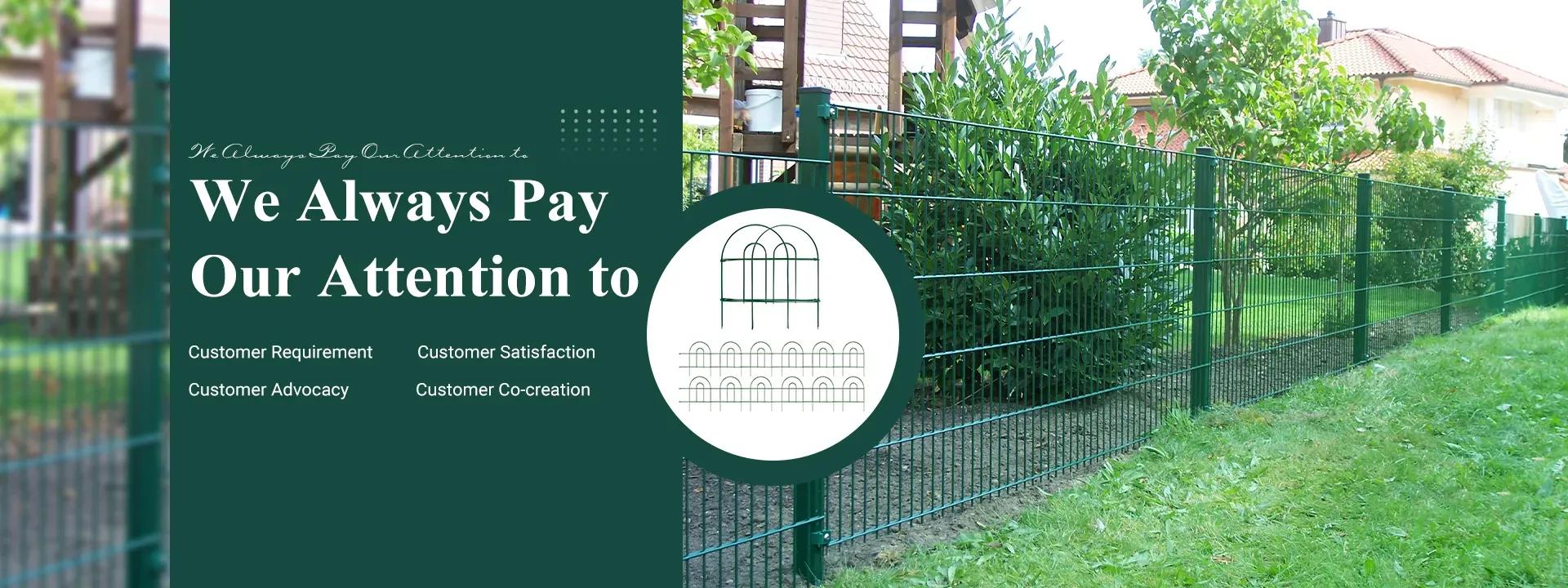Setting Up an Electric Fence for Horses
Setting up an electric fence for horses is a crucial task for any equestrian, as it provides a safe and effective way to keep these majestic animals contained. An electric fence offers a reliable boundary that not only protects horses from wandering off but also helps to keep them safe from external threats. Here’s a comprehensive guide on how to properly set up an electric fence for your horses.
Choose the Right Materials
The first step in setting up your electric fence is selecting the right materials. You will need a quality electric fence energizer, which transforms standard electrical power into a pulsating electric current. Choose the energizer based on the size of your enclosure and the number of strands you plan to use. Additionally, you will need high-tensile wire or electrified tape, fence posts, insulators, and grounding rods. It’s important to use high-tensile wire or tape that is designed specifically for equine fencing, as it provides optimal visibility and safety.
Plan the Layout
Before installation, plan the layout of your fence. Take time to measure the area you wish to enclose, marking corners and entrances. Horses require sufficient space to move around freely, so ensure the size of the fence meets their needs. Consider natural barriers such as hills or trees that can serve as additional protection. It’s also wise to position the fence away from any sharp objects or areas that could pose a threat to your horses.
Install the Fence Posts
Next, install the fence posts. Posts should be spaced adequately, typically around 10 to 12 feet apart, to ensure the fence remains taut. Use sturdy wooden or metal posts to provide the necessary support. Make sure the posts are firmly anchored into the ground to withstand the pressure from the electric wire or tape.
setting up an electric fence for horses

Attach Insulators and Wire
Once the posts are in place, attach insulators to keep the electric wire from making contact with the posts, which would short-circuit the fence. Run the wire through the insulators, starting from the bottom up. It’s recommended to have at least three to four strands of wire, with the bottom strand positioned low enough to deter horse hooves but high enough to avoid accidental contact.
Connect the Energizer
After the wire is in place, it’s time to connect the energizer. Position it in a dry area close to a power source, and ensure it is well-grounded. Follow the manufacturer’s instructions for connecting the wire to the energizer. Once everything is connected, turn on the energizer and check the voltage to ensure it’s functioning correctly.
Regular Maintenance
Lastly, regular maintenance of your electric fence is essential. Inspect the wire for breaks, check connections, and clear any debris or vegetation that may interfere with its function. Regularly test the voltage to ensure your fence remains effective.
In conclusion, setting up an electric fence for your horses can greatly enhance their safety and containment. With the right materials, planning, and maintenance, you can create a secure environment for your beloved equines.
















